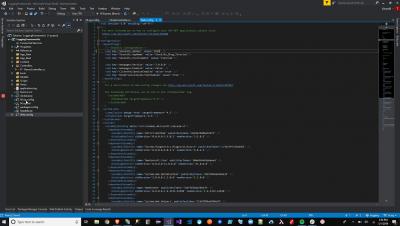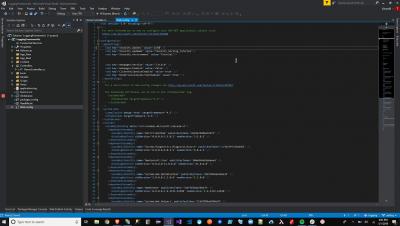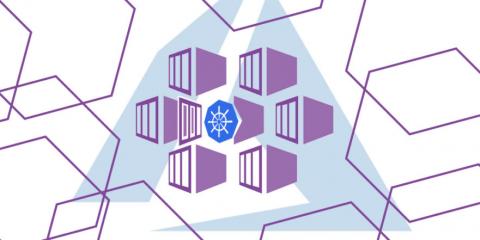Operations | Monitoring | ITSM | DevOps | Cloud
Stackify
AWS Lambda With Ruby: A Complete Getting Started Guide
It’s five o’clock on a Friday afternoon. There are no new bug reports and everything is looking smooth. Your plan of a relaxing weekend is in sight when you get a call—the website you look after isn’t responding. Yikes. AWS Lambda minimizes the chance of this truly terrifying event from happening by taking care of server maintenance while you focus on coding robust applications.
Ruby Profiler Types and Why You Need Them
About a decade ago, the Ruby programming language made a big splash in the software engineering industry thanks to the Ruby on Rails web framework. The terse and friendly syntax of Ruby and the “they thought of everything” feeling of Rails offered web startups the ability to move quickly and nimbly.
RVM: How to Get Started and Manage Your Ruby Installations
It’s the night before a big deadline, and just before you press the button to deploy, you notice a small but important bug! You open a terminal, type in the command to run the code—and all you see is a page of errors. It’s these palm-sweating moments that make us wonder whether we made the correct career decision. Configuring our systems and keeping them working is a struggle most of us deal with regularly. Ruby Version Manager (RVM) attempts to solve this problem.
Rack Mini Profiler: A Complete Guide on Rails Performance
Ruby on Rails makes writing web applications a pleasure. It’s a powerful and intuitive platform, built on an equally powerful and intuitive language. But that doesn’t mean it’s not worth taking the time to check your code for bottlenecks and performance problems before you ship. In this post, I’ll cover how to use Rack Mini Profiler to profile your Rails application.
Understanding Absence in Ruby: Present, Blank, Nil, Empty
Have you ever been confused about the different ways to handle missing data in the Ruby language? I know I have, and I’m sure I’m not alone in that. The options Ruby offers come in the form of several methods: “present?”, “blank?”, “nil?”, and “empty?”. There are all somewhat related since all of them check for the absence of data in some way.
How to Do Authentication Right With Rails Devise
Authentication for web apps is a difficult problem. Anyone who’s ever tried to create their own authentication system will tell you that there are a lot of unexpected edge cases. What’s more, your authentication system is an externally-facing part of your application. This means if someone is trying to hack into your application, your login system’s security will be one of the first places they check.
AKS Cluster Performance: How to Better Operate Kubernetes in Azure
AKS is the managed service from Azure for Kubernetes. When you create an AKS cluster, Azure creates and operates the Kubernetes control plane for you at no cost. The only thing you do as a user is to say how many worker nodes you’d like, plus other configurations we’ll see in this post. So, with that in mind, how can you improve the AKS cluster performance of a service in which Azure pretty much manages almost everything?











